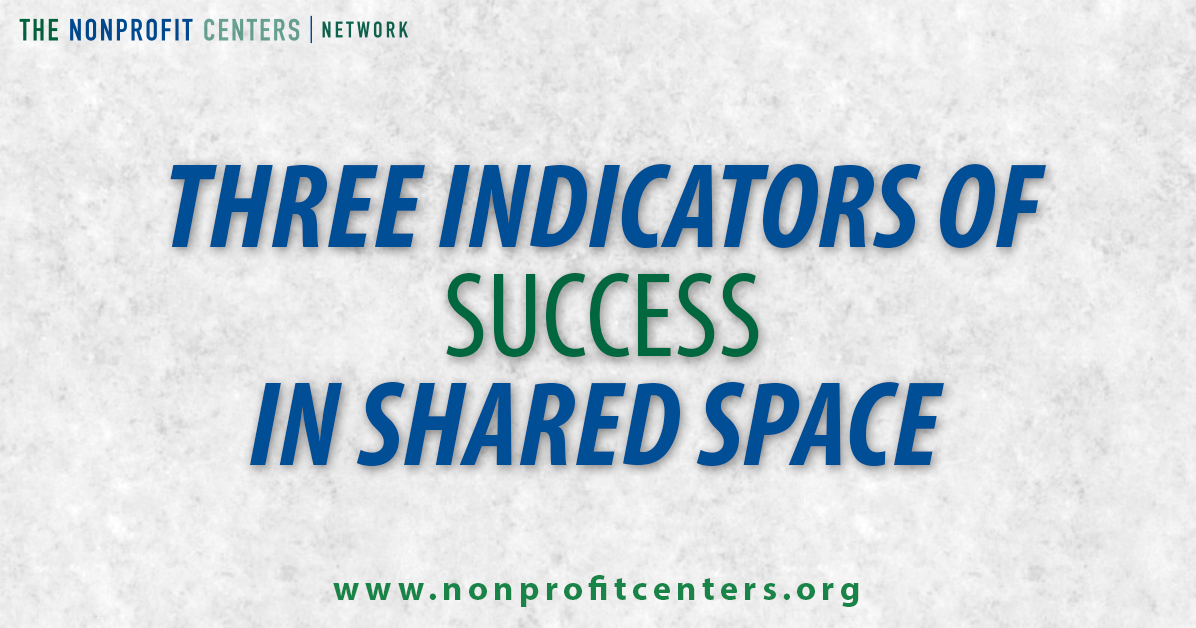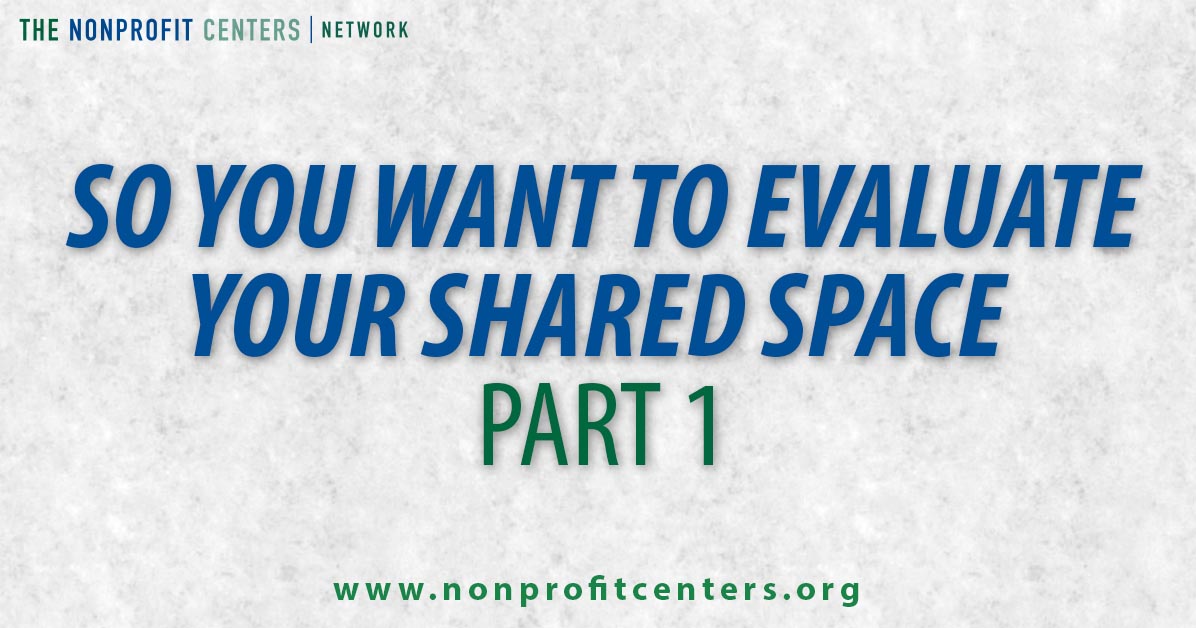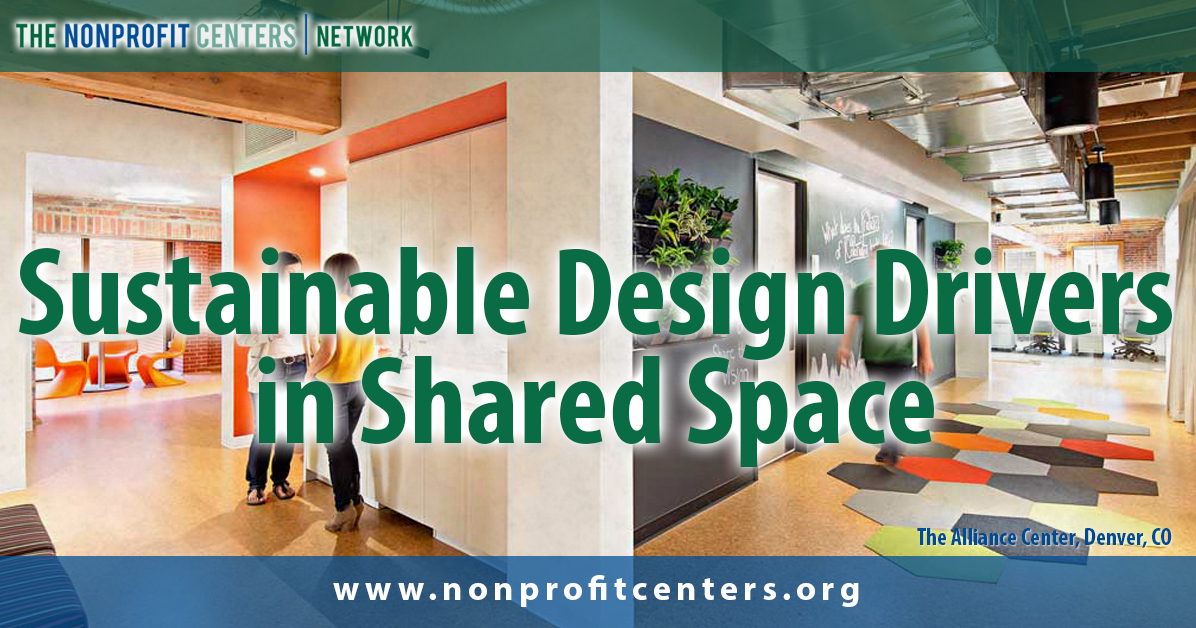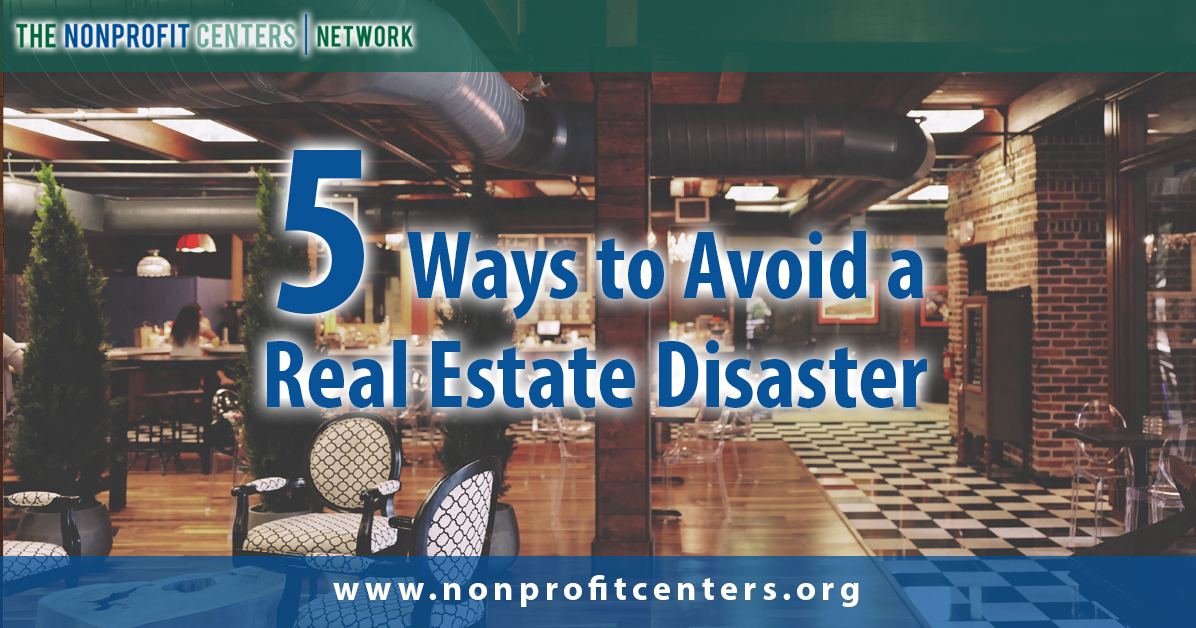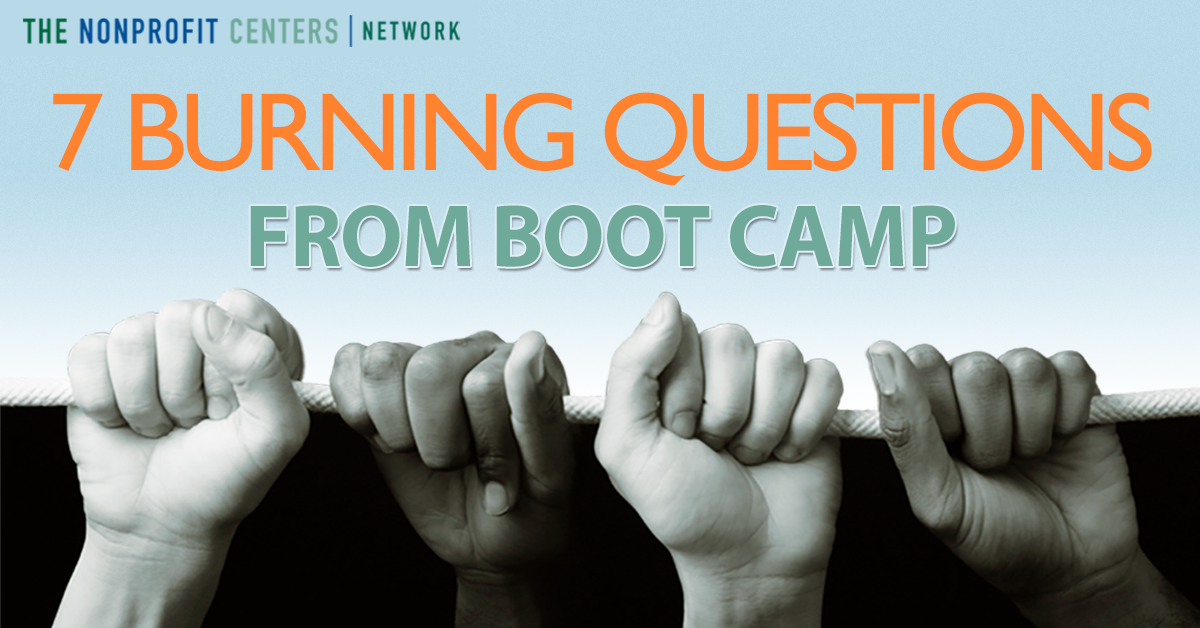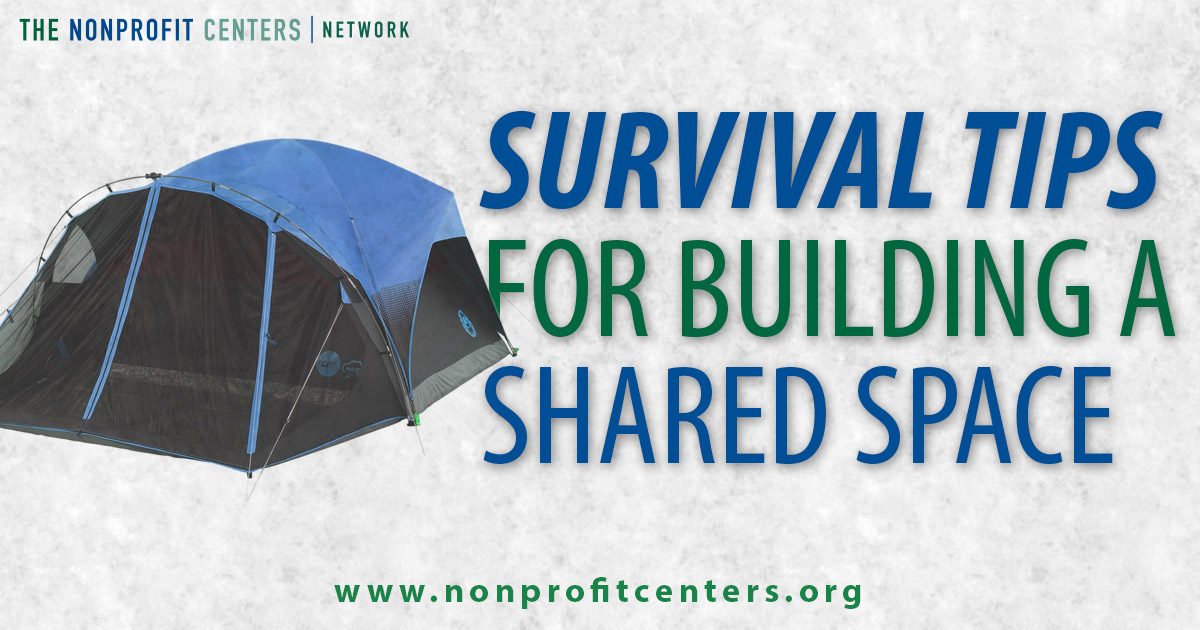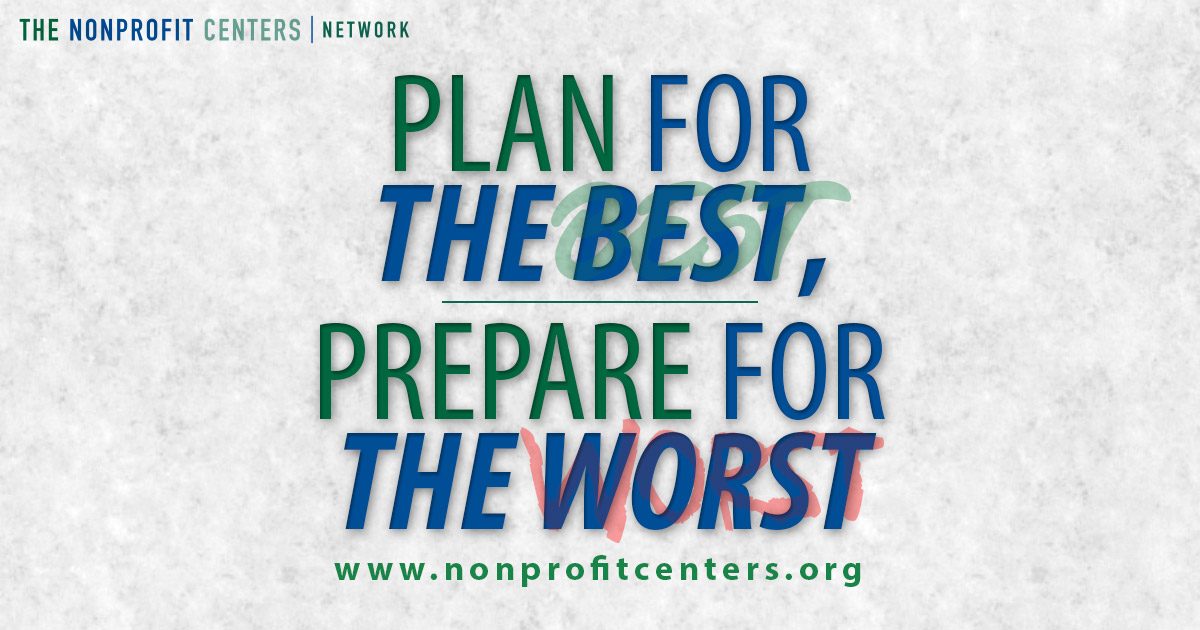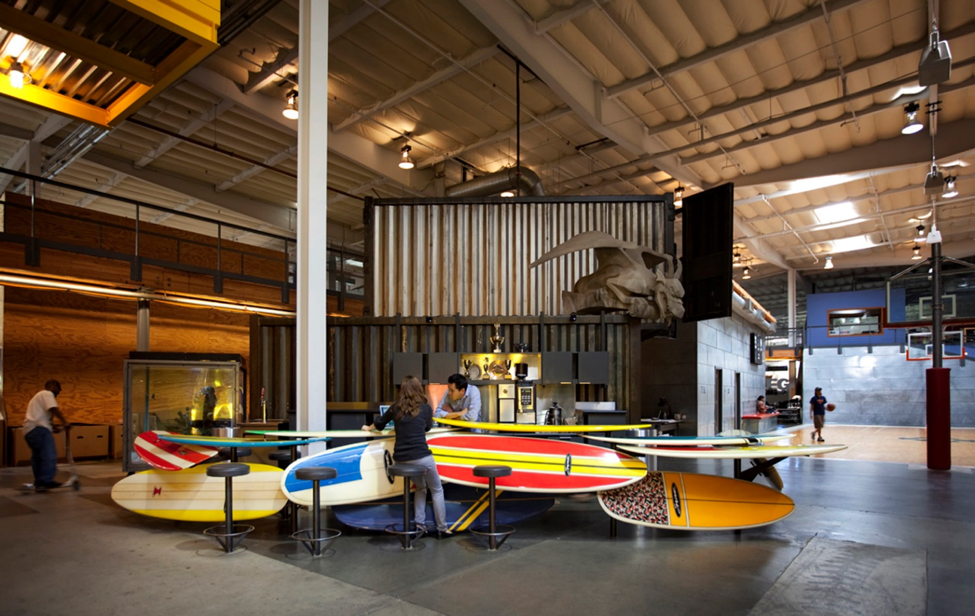I’ve been reflecting on the biggest lessons I’ve learned about mission-driven shared spaces. Here’s what I would tell someone new to the field. #1 – Find the Bullseye – Nonprofit centers that have a very clear goal that resonates with the community tend to be more successful. A clear goal allows the center to brand itself and communicates the value of locating there. They can build a quicker buzz than a center with a more generic focus. Tenants understand the benefits of co-locating and clients and community members know where to access resources. NCN’s survey data has shown that centers tend to be more financially sustainable when they are organized around a specific theme or goal. #2 – Get a Backbone – Start-up nonprofit centers are more successful when there is a project manager to shepherd the project through development. Many groups try to build their centers by committee, which can seem more financially responsible, but in my experience, hiring someone to champion the project, schedule meetings, follow up on to-do lists and monitor the budget is the better option.
NCN started 2017 by kicking off the Evaluation Project, a peer learning opportunity we created with Elena Harman and Laura Sundstrom of Vantage Evaluation. Ten centers are participating in this 9-month process to understand how to approach impact measurement in a rigorous way. Each center will be supported as they complete their own evaluation. This is the first of a series of blogs on what we are learning through this critical process of making the case for shared space. The advantages to the approach we are using are twofold: first, the centers are essentially sharing the cost of an evaluation professional who would have cost them many times more if they contracted individually; secondly, by working in parallel, the centers are “speed” learning what works in various settings since they can see what their peers are trying and apply those lessons in their center. We have a great mix of centers: large, small, new and seasoned. We have some centers who are focused on a specific theme or issue area and some that are more general in terms of the types of tenants they house. This has helped us learn more about how different types of centers approach evaluation, why they want to do it and what kinds of information they are seeking.
The Alliance for Sustainable Colorado, the owner and operator of the Alliance Center, undertook a four-year “transformation” project of the 41,000 square feet building, constructed in 1908. In 2010, the five-story brick building, a former warehouse, was configured in a traditional, private suite layout that had little natural light and limited space for gatherings or collaboration. The renovation sought both to “create a cost-effective, high-performing building model” as well as to identify a replicable approach that could be applied to other commercial offices and historic buildings.
I’ve seen a lot of nonprofit real estate projects destabilize the organizations they are meant to bolster. That’s why I’m passionate about nonprofits undertaking careful feasibility planning when contemplating a space project. Whether your organization chooses to rent or buy, whether the project is for your organization alone or with a cohort of other nonprofits for a shared space – the key objective is to do no harm and make sure that your new space enhances your mission and doesn’t undermine it. Occupancy costs are second only to personnel in terms of nonprofit expenses, but even the most sophisticated nonprofits often get tripped up by poorly planned real estate projects.
On Wednesday we experimented with a new format for NCN Boot Camp. In response to feedback about the high cost of travel to an in-person training, we decided to offer our introductory-level training in an online format. We had a great turn-out, even better than our in-person Boot Camp trainings. The curriculum covered most aspects of starting a nonprofit shared space, but it’s always interesting to see the kinds of questions and conversations that emerge during these trainings. I thought I would share some of them with you, along with our shortened responses. My burning question is: where do we start?!
Lately we’ve been hearing a lot from funders about their interest in addressing inequality: in income, race, sex, education, economic opportunities and more (see Darren Walker of the Ford Foundation here). The Ford Foundation has used this lens to rethink how it conducts its grantmaking and how it measures its success. Other foundations are following suit and there’s even some controversy around how to define the goal of equity. This has led me to wonder how nonprofit shared space fits into this new lens. How do we, as a sector, address inequality? Here are three ideas:
Lately I’ve been working with a number of organizations who are in the early stages of a new shared space project. It’s an exciting time, but it can also quickly become stressful and chaotic. Here are some survival tips that will hopefully make your journey smoother. #1 – Communicate. Your project may shift, the ideal location may change, your partners may have second thoughts, but someone has to maintain clear communication to a variety of stakeholders (potential funders, potential tenants, government agencies, media, real estate professionals, etc). Commit to some type of regular communication, whether it’s a newsletter or notes emailed to a distribution list. It can prevent misunderstandings down the line and it establishes norms for your shared space around transparency, inclusivity and decision-making.
That’s what I remembered about active shooter training when I heard a scream in the hallway while on a call with a client last week. I was at the Alliance Center, where NCN is a tenant, in a small conference room, surrounded by glass. I saw people running down the hall, shouting that someone had a gun. Then, I tried to hide in the tiny room when I saw a man walk by pointing a gun. After he passed, I darted to the bathroom across the hall since I didn’t have a safe exit route. As luck (if you can call it that) would have it, the shooter only wanted to harm his soon-to-be ex-wife and himself, not the rest of us.
Recently I’ve read a lot of articles about the dark side of collaboration and how collaborations can fall apart. I don’t disagree – collaboration is hard and we often don’t have the tools to get it right. La Piana’s article speaks to the challenges of the nonprofit competitive environment and the often ineffective processes around collaboration – sometimes not resulting in any real decisions being made. These are great points.
Two recent pieces make me wonder if the pendulum is shifting on the open floor plan model. There’s no changing the fact that the trend in workspaces is toward smaller footprints, leaner offices, more mobile furniture and flexible set-ups.




